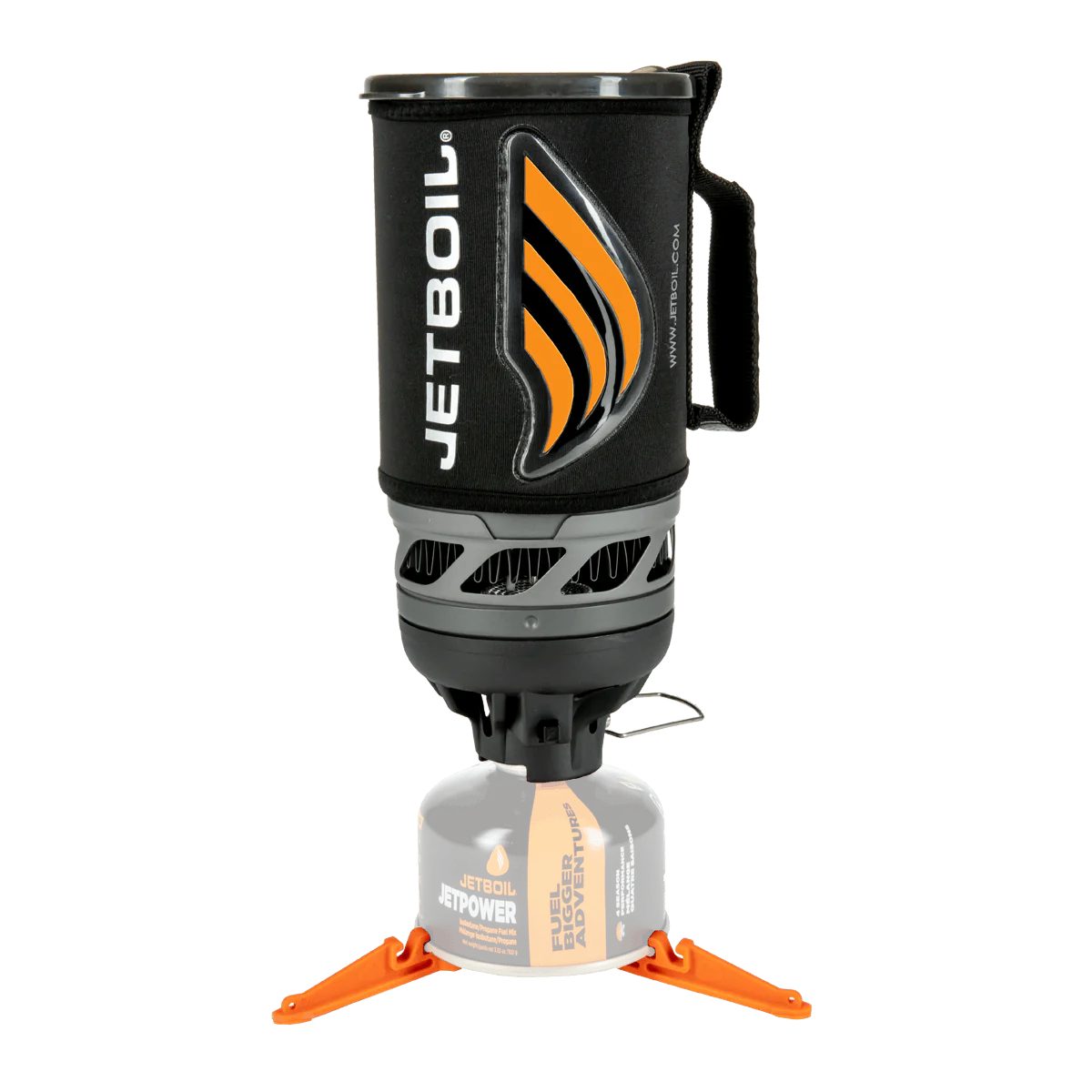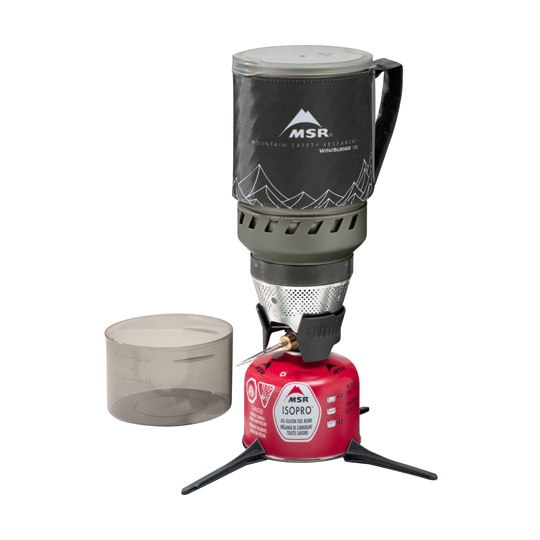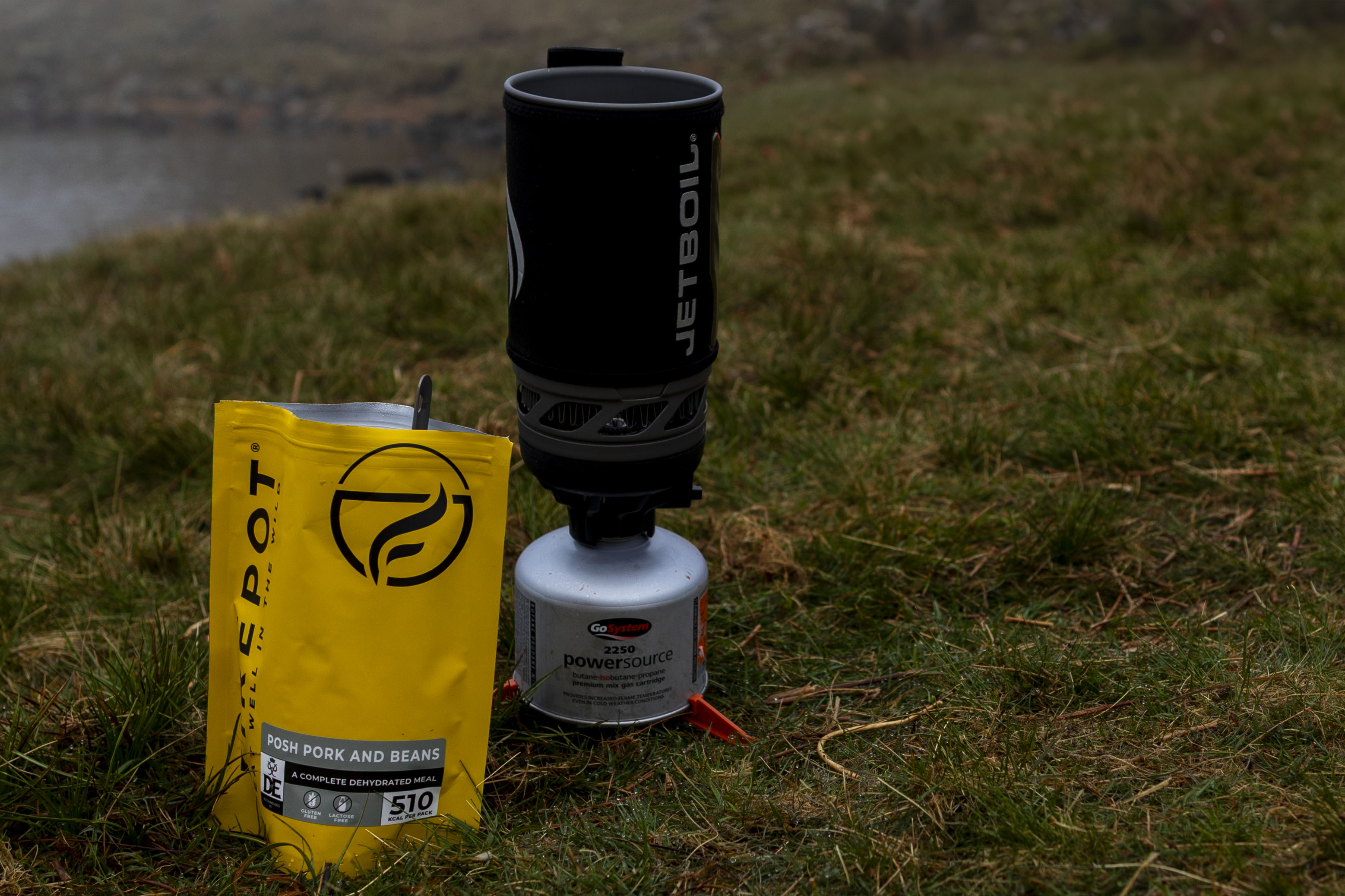Best Stoves for Wild Camping: A Comprehensive Guide
Table of Contents
Wild camping often brings raw and thrilling experiences. However, cooking in remote places can be challenging. That is where portable stoves shine. They pack small, burn efficiently, and simplify meal prep. Besides, a warm meal at the end of a long hike feels divine.
Yet selecting the right stove involves more than picking something light. Fuel type, boiling speed, and stability also matter. Additionally, reliability becomes a top priority in the wild. You need a stove that sparks to life in cold weather. You also want it to simmer gently when cooking delicate meals.
In this article, we explore several factors that lead you to the Best Stoves for Wild Camping. We will compare key features, fuel considerations, and maintenance practices. This guide helps you choose the perfect stove for your next outdoor expedition.
Choosing the perfect stove goes beyond mere convenience. It impacts everything from daily calorie intake to morale on tough days. Moreover, no two wild camping trips are the same. Different climates, altitudes, and group sizes affect the stove you should bring. Fuel availability also dictates whether you opt for gas canisters, liquid fuel, or alternative sources.
Some people prioritize speed, wanting to boil water almost instantly for freeze-dried meals. Others prefer fine flame control to simmer stews. Meanwhile, weight and packability remain crucial for carrying all your essentials. By balancing these factors, you can find a stove that aligns with your style, whether you hike solo or explore with friends.
In the following sections, we highlight why quality portable stoves matter, how to select them, and how to maintain peak performance in varied conditions. With these insights, you will enjoy delicious food, stay warm, and make the most of every wild camping trip.

Why Quality Camping Stoves Matter
A good stove is essential for cooking hearty meals in the backcountry. Quality portable stoves ensure reliable performance, whether you are boiling water fast or simmering delicate ingredients. Proper cooking gear keeps you nourished and motivated when conditions turn harsh.
Warm Meals and Morale
Hungry hikers get cold fast. Thus, a hot meal not only replenishes energy but also boosts morale. Additionally, warm drinks improve hydration. Having a reliable stove serves as a lifeline when the temperature plummets at night.
Small stoves also allow for quick stops en route. You can heat water for tea or prepare an instant lunch on the trail. This flexibility keeps spirits high when weather turns nasty. Ultimately, a cozy meal can transform a harsh environment into a tolerable one.
Fuel Efficiency
Fuel is weight. Wild campers often carry everything on their backs. Therefore, a stove that uses fuel sparingly reduces pack weight. Moreover, an efficient model means fewer canisters or less liquid fuel to haul, which is crucial in remote areas where resupply is impossible.
A well-designed stove optimizes heat transfer. This design shortens boil times and lowers fuel consumption. In turn, you cut down on both expense and extra weight. Consequently, picking the right stove becomes a wise investment.
Key Considerations When Choosing a Camping Stove
Weight and size are important, but so are stability, simmer control, and maintenance. When selecting a portable stove, evaluate each of these factors alongside your trip style—solo or group, short jaunt or extended trek.
Weight and Pack Size
Many wild campers focus on lightness and compactness. Stoves vary from tiny burners to larger systems with integrated pots. Minimalists crave smaller stoves that weigh only a few ounces. Others prefer robust all-in-one solutions for group cooking.
Consider your style of camping. Solo hikers might appreciate ultra-light burners. Groups often benefit from bigger systems that can accommodate larger pots. Additionally, think about how you will pack the stove. Some models nest inside cooking pots, saving space.
Fuel Type and Availability
Stoves rely on different fuels: canister gas, liquid fuel, alcohol, or even solid fuel tablets. Each has pros and cons. Gas canisters are popular for their convenience and clean burn. Liquid fuels work great in extreme cold but require priming. Match your stove choice to the typical climate and available fuels.
Weather Resistance
Wild camping exposes gear to harsh conditions. A quality stove endures wind, cold, and moisture. Some designs include built-in windshields or burners optimized for gusty environments. This feature saves fuel and cooks faster.
Boiling Speed vs. Simmer Control
Not all portable stoves excel at every cooking task. Some models focus on lightning-fast boils, ideal for dehydrated meals. Others offer precise flame control for delicate simmering. Identify your cooking priorities, then pick the right balance.
Stability and Pot Support
Uneven ground can topple your stove mid-cook. Look for wide bases, fold-out legs, or secure canister attachments that reduce wobble. Heavier pots demand sturdier platforms. Proper support ensures a smoother, safer cooking experience.
Ease of Maintenance
Backcountry repairs can be stressful. The best portable stoves feature straightforward parts that simplify cleaning or swapping out O-rings. A blocked fuel line or clogged jet can leave you hungry. Choose a design that offers easy maintenance.
Top Picks: Recommended Stoves for Wild Camping
Below are top-rated stoves that excel in different scenarios. Some are all-around champions, while others specialize in ultralight travel or harsh cold. These options deliver both performance and reliability.
Jetboil Flash – Speed and Convenience
The Jetboil Flash boasts a fast boil time, often under two minutes. Its all-in-one design reduces heat loss, and an integrated igniter adds to its convenience. Though simmer control is limited, it is perfect for quick hot water needs.
MSR PocketRocket 2 – Ultralight Classic
Weighing just a few ounces, the PocketRocket 2 screws onto a standard gas canister and folds small. This stove strikes a nice balance between quick boiling and partial simmering. Wind can be an issue, so a windshield may be needed.
MSR WindBurner – Windproof Reliability
The WindBurner tackles gusty conditions with a radiant burner enclosed in a windproof chamber. It simmers better than most integrated stoves and locks the pot in place for stability. This stove is bulkier but shines in demanding weather.

Primus Lite+ – Compact and Efficient
Merging a convenient all-in-one system with a compact footprint, the Primus Lite+ snaps a 500ml pot onto the burner. Fuel efficiency is impressive, and you can expand capacity for group cooking. Slightly heavier than minimalist burners, but very versatile.
MSR WhisperLite International – Trusted Liquid Fuel Option
Traveling in extreme cold or remote regions can make liquid fuel essential. The WhisperLite International burns multiple fuels (white gas, kerosene, unleaded) reliably. It requires priming and some skill to maintain, but it endures brutal conditions.

Trangia 27 – Alcohol Stove Simplicity
A favorite among minimalists, the Trangia 27 provides a kit with burner, pot, pan, and windshield. It is slower to boil but operates quietly. The modular design adapts to your needs, making it a timeless solution without pressurized canisters.
Soto WindMaster – Balancing Power and Control
Featuring a high-output burner plus a wind-resistant design, the Soto WindMaster offers stable flame control. Its four-prong pot support accommodates larger pots, and a micro regulator keeps heat output steady even when canister pressure drops.
Tips for Optimizing Your Camping Stove
You have chosen a quality stove, but performance also depends on smart usage. Tactics like adding a windscreen, selecting the right pot, and keeping fuel warm in cold conditions can significantly boost efficiency.
Use a Windscreen
Wind robs heat and wastes fuel. A foil windscreen cuts down on heat loss, though you must leave space for ventilation to avoid overheating the canister.
Keep Fuel Warm in Cold Conditions
Gas canisters lose pressure in the cold. Stow your canister or fuel bottle inside a jacket or sleeping bag to maintain higher pressure for cooking.
Choose the Right Pot
A heat-exchanger pot speeds cooking. If your stove is not integrated, pick a wide-based pot for better heat absorption.
Practice Simmering Techniques
Some stoves have narrow flame control. If you need gentler heat, lift the pot occasionally or add liquid to the pan. Proper technique prevents burning.
Maintain Clean Jets and Seals
Blockages cause poor performance. Use a small wire or cleaning tool on the burner jet. Replace cracked O-rings. A bit of upkeep keeps meals rolling.
Safety Considerations for Camping Stoves
Even the best portable stoves demand caution. Fuel storage, ventilation, and stable surfaces can prevent accidents. Cooking in tents without proper airflow risks carbon monoxide buildup.
Stable Cooking Surface
Loose gravel or uneven snow can topple a stove mid-cook. Clear a flat spot or use a stove platform to reduce tipping.
Proper Fuel Storage
Transport canisters or bottles safely. Keep them away from direct sunlight and label them clearly to avoid confusion with water containers.
Fire Regulations
Local rules may restrict certain stove types or open flames. Always check regulations before setting up camp in a new area.
Cooking and Meal Planning with Your Camping Stove
Delicious meals boost morale on any trip. Quality portable stoves make it possible to rehydrate freeze-dried meals quickly or simmer fresh ingredients if you prefer.
Efficient Meal Choices
Dehydrated foods boil quickly, saving fuel. Freeze-dried meals offer variety but can be pricey. Rice and pasta demand longer cook times, so factor in extra fuel.
Rehydration Tips
Soak dehydrated veggies in water while you set up camp. They soften faster, reducing overall cook time. At high altitudes, plan extra boil time and fuel.
Share the Load
On group trips, delegate tasks. One person can boil water while another handles ingredients. This teamwork streamlines meal prep, making cooking more fun.
How to Maintain Your Camping Stove
Keeping your portable stove in top condition extends its life and ensures peak performance. Simple post-trip routines make all the difference.
Clean Removable Parts
Detach components and wash them with mild detergent. Rinse and dry thoroughly to prevent rust or corrosion. Pay attention to O-rings and fuel connections.
Check the Fuel Line
On liquid fuel stoves, inspect the line for blockages or wear. Test the stove at home before your next outing to avoid surprises in the field.
Store Properly
Keep the stove in a protective bag, away from sharp objects. Store small repair items, like spare O-rings, alongside it for easy access.
Consistent Care
A few minutes of cleaning after each adventure can prevent bigger problems down the road. Quality portable stoves reward good maintenance with reliable, efficient cooking.
Conclusion – Choose the Right Camping Stove for Your Adventures
Selecting a portable stove for wild camping means assessing your style, climate, and cooking needs. From rapid boils to steady simmers, a well-chosen stove is a game-changer in wild settings. Whether you opt for integrated canister systems or a tried-and-true liquid fuel design, top-notch gear elevates your outdoor cooking experience.
By blending thoughtful stove selection with smart techniques—such as windscreen use, proper pot choices, and routine maintenance—you unlock the full potential of your gear. Hot meals and warm drinks become a welcome comfort rather than a chore.
With these insights, you are ready to enjoy reliable cooking in the wilderness. Plan your meals, pack the right fuel, and remember safety guidelines. Soon, you will savor steamy breakfasts at sunrise and hearty dinners after a day of rugged exploration. Gear up, head out, and let a dependable stove transform your wild camping adventure!
Visit Jet Boil for more options
Enjoyed this check out this article on 5 Best 3-Season Tents




